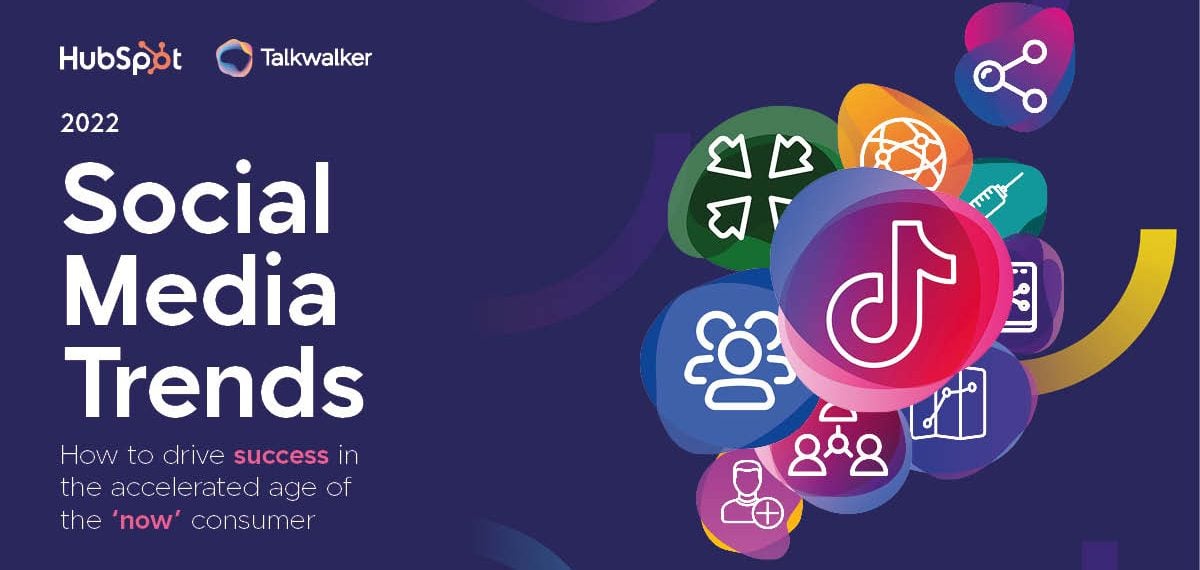At your next board meeting, make sure to reserve a seat for your consumers, because they are becoming increasingly involved in the decision-making process. The year 2021 marked a turning point in the way brands perceive consumers, particularly as the latter are vocal about their needs and expectations. With over half a billion more people using social media worldwide than at the same time last year, brands must prepare to face a new type of audience.
Marketers and brand managers can no longer develop strategies ahead of time and expect them to perform well. Sudden market shifts occur on a whim, brands must react quickly if they want to survive, and even when they do, it must be in alignment with brand image, voice, and persona. Welcome to the age of the ‘now’ consumer.
Social media users in the Middle East expect to consume personalized content that matches their interests, in addition to having a faster service and a better overall experience. The combinatorial effect of Covid-19 and people working from home for extended periods of time led to consumers being more demanding of brands on social media.
For example, today’s consumers are less likely to wait for your brand to react – once the time has passed, it would already be too late. The attention-based economy requires brands to be proactive rather than reactive. To be ahead of the curve.
On that subject, Talkwalker, the industry-leading consumer intelligence platform, and HubSpot have published the 7th edition of the flagship Social Media Trends 2022 report in which they highlight the rise of the ‘now’ consumers.
Today’s consumers are more aware of the influence they have over brands’ messaging and overall operations. As a result, consumers have heightened their expectations of brands and put immense pressure on them to deliver an exceptional customer experience.
The Social Media Trends 2022 report features key insights from industry experts, in addition to the trends shaping the social media landscape in MENA. The report unravels the reasons behind TikTok’s meteoric rise to popularity in the region, the imperative for brands to be more inclusive, the enablers of the influencer marketing industry, and the development of social ads in light of the cookie apocalypse.
Unifying and underlying them all is the consumers’ urge for digital instant gratification, making them less willing to wait for your brand to react — brands are literally one swipe up away from obsolescence. Consumers expect more ‘personalized content, faster service, better overall experience, and they want it all now.’
“I want it all, and I want it now”
Consumers are renegotiating the terms and conditions by which they interact with brands, how? Uniting their voice.
In pursuit of having a granular understanding of their users, social media platforms have developed an algorithm that gives anyone the power to ‘go viral’. By reclaiming that sense of agency, social media users are sharing more than ever issues they care about.
Brands are able to listen to voices that were once silent, while social media users are active participants of the conversation – a driving force to be reckoned with.
Another unintended result is that social media users are aware of the temporal element of social media. The immediacy and sense of urgency that is powered by improved search engine technologies reached the realms of social media where users want to find that specific meme or that TikTok dance whenever they want. By extension, social media users want their experience with brands to be in real-time.
They’re not looking for your content anymore – it has to find them at their own convenience. It might seem like some twisted nightmare, however, it’s true. Digital content consumers, especially Gen Z, are accustomed to a new dynamic enabled by the algorithm of how they find the content and consume it.
Not only that, the type of content that consumers expect nowadays looks entirely different from what it was a few years ago. It must be educational, informative, entertaining, and, most importantly, all-inclusive. There’s no bigger faux pas that a brand can commit these days than being irrelevant and exclusionary against any social strata.
In order to remain visible to potential customers, brands must communicate in local and detailed terms, targeting specific audiences based on what is most relevant to them. This might mean creating specific content for a generation, location, gender, or hobby. Now that companies have their own personal data, users expect them to provide tailored experiences across the entire customer journey.
One thing is clear, social media users’ behaviours will likely continue to fluctuate until we reach the next normal. For your brand to thrive in the ‘new normal’ your marketing must establish a dialogue with your audience, which lays the foundation for a long-term trusting relationship. Your audience will own and shape the narrative around your brand – do you trust them enough?
Our flagship Social Media Trends 2022 report helps make sense of a noisy and complex social media landscape. It offers a wealth of information on the latest trends and includes insights from regional thought leaders like TikTok’s Shant Oknayan, Facebook’s Ramez Shehadi, YouTube’s Tarek Amin, Twitter’s Antoine Caironi, and many more. We highly encourage you to download your copy and develop your strategy for 2022 and beyond.










